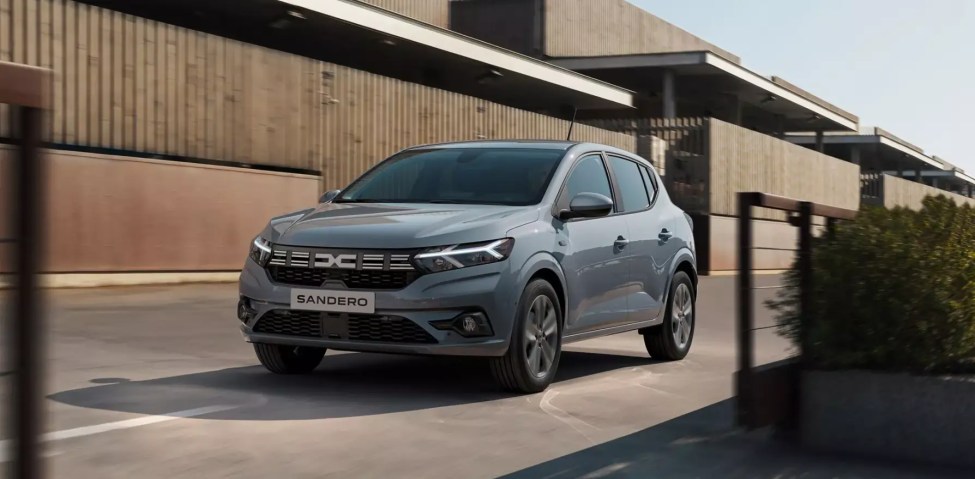Tesla Adjusts Model Y Pricing in Response to European Market Trends
Tesla has recently cut prices for the Model Y across several European nations, bringing it closer in price to the Model 3 (Highland). This adjustment follows similar reductions in China and is intended to address shifting demand dynamics. In Germany, Europe’s largest car market, the Model Y is now up to 9% more affordable, reflecting Tesla’s strategic move to boost sales and stay competitive.
Pricing Details and Market Implications
The revised prices in Germany are as follows: the Long Range RWD model is now €42,990, down by €1,900 (4.2%), the Long Range AWD is €49,990 (a €5,000 reduction or 9%), and the Performance variant is priced at €55,990, marking an 8.1% decrease. This price adjustment aligns the Model Y closer to the Model 3, with the RWD versions now similarly priced. The move comes amid a 9% drop in Tesla’s overall registrations in Germany, highlighting the need for strategic price adjustments to counteract a softer market.
Supply Chain Issues and Market Response
The recent price cuts in Europe are also linked to supply chain challenges, including a temporary production halt at Tesla’s Giga Berlin plant due to regional conflicts. This adjustment reflects Tesla’s efforts to balance supply with the fluctuating demand, evidenced by a peak in Model Y deliveries earlier in 2023 followed by a significant inventory buildup. Similar price reductions have also been seen in China, raising the question of whether the U.S. market might experience similar adjustments in the near future.

